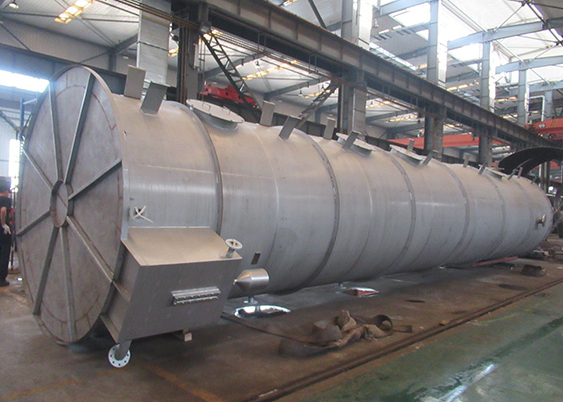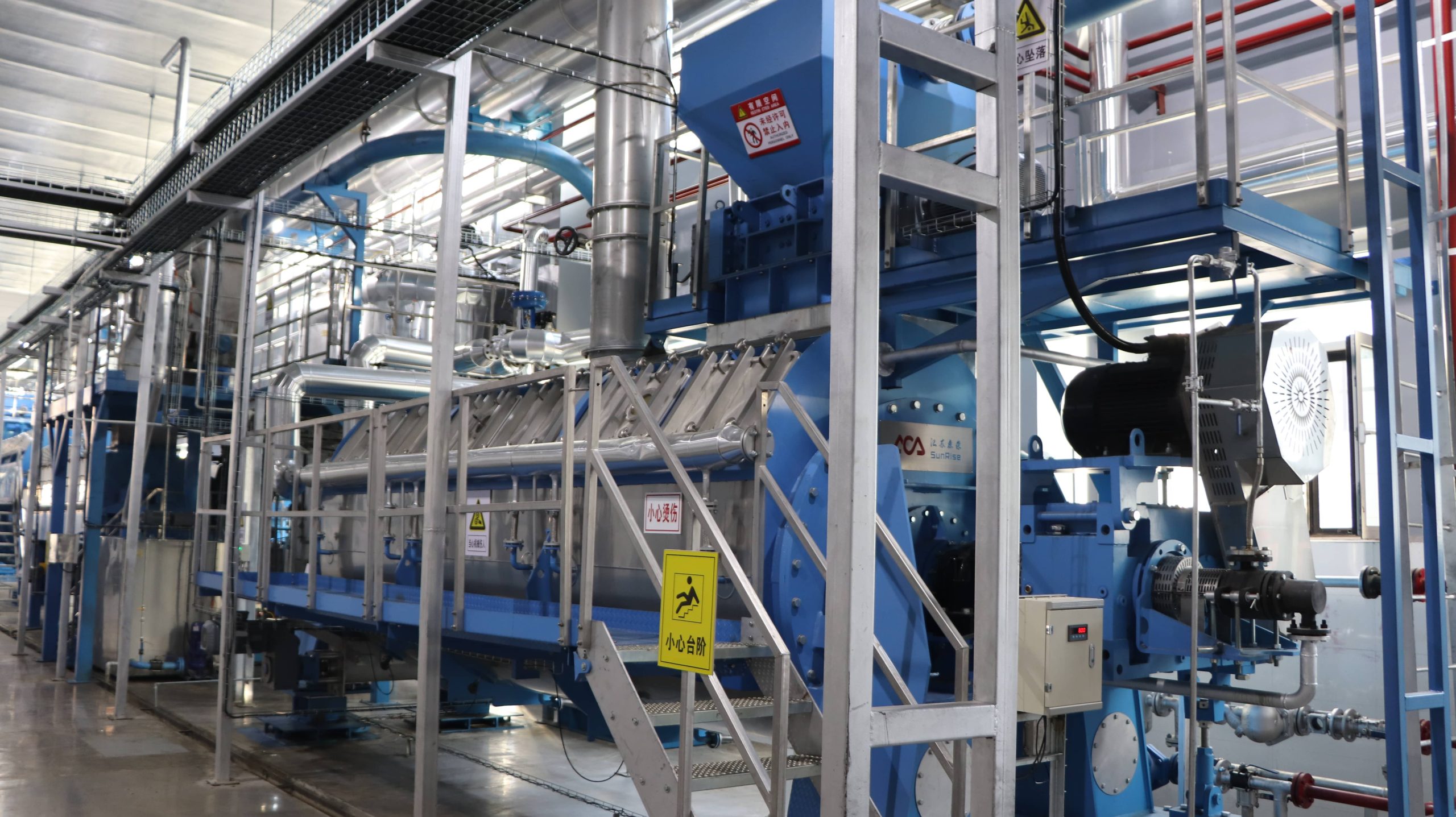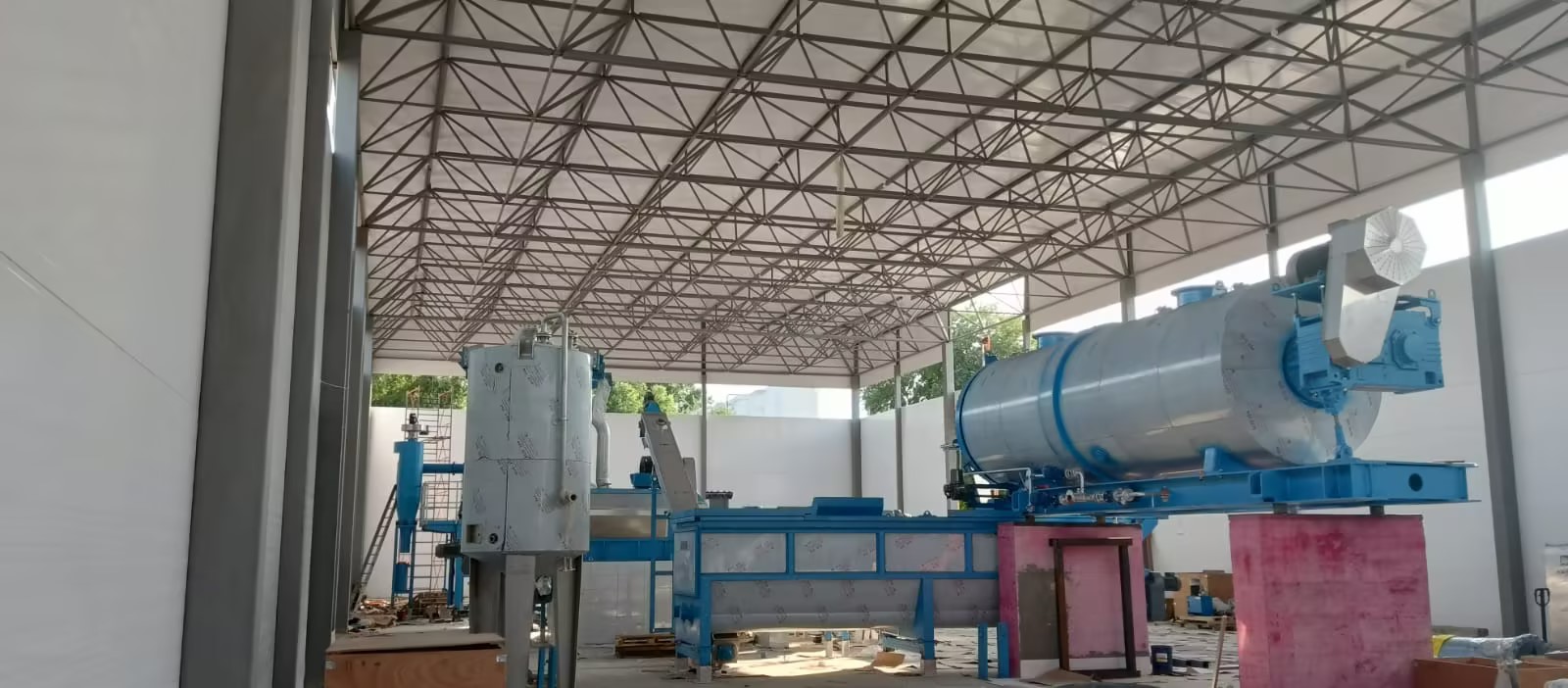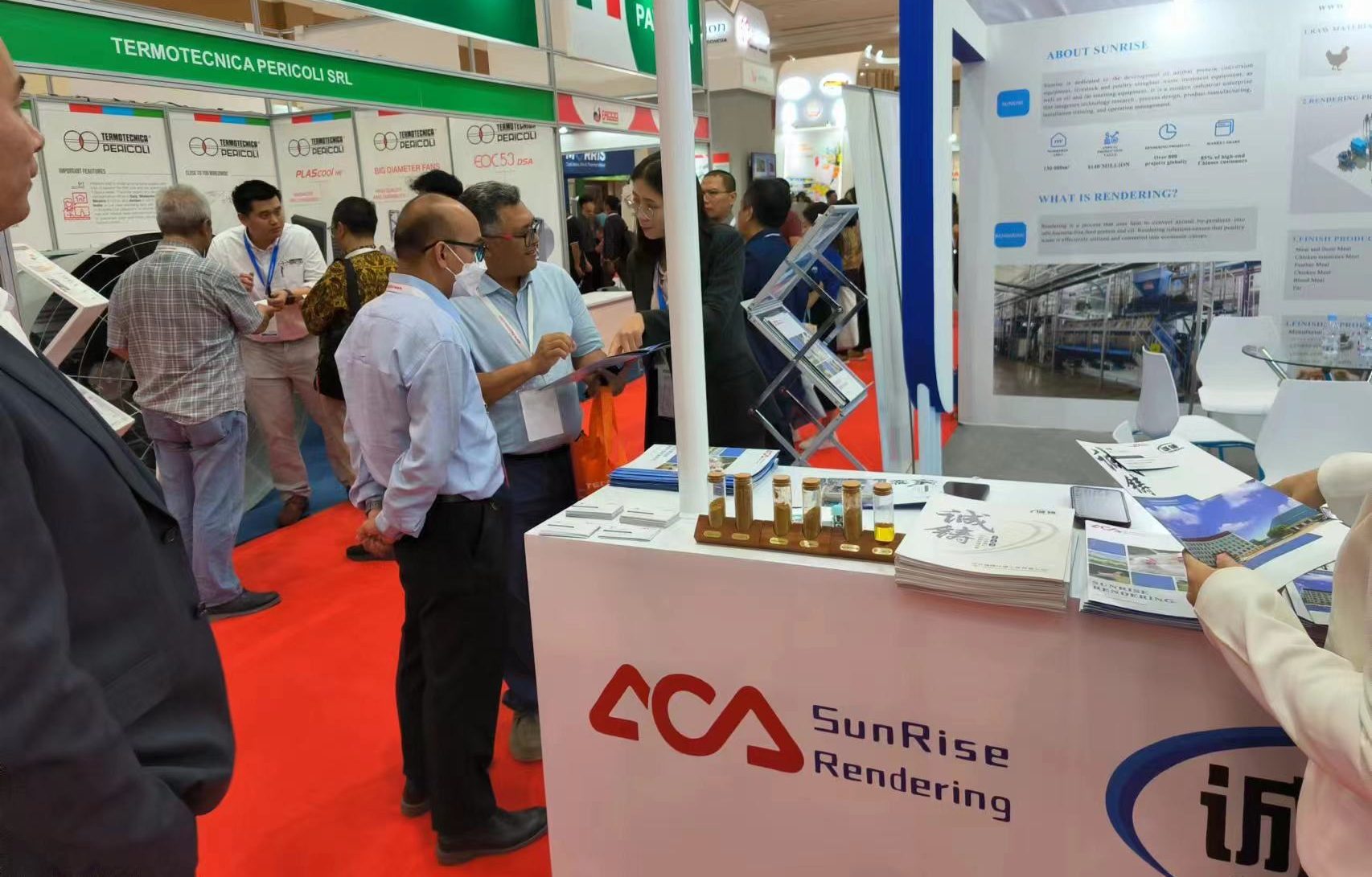
The Ionization Tower: A Glimpse into Advanced Technology
The Ionization Tower: A Glimpse into Advanced Technology
In the rapidly evolving landscape of advanced technology, the Ionization Tower stands as a testament to human ingenuity and innovation. These towering marvels harness cutting-edge ionization technology, promising groundbreaking solutions to age-old challenges. As society seeks sustainable and efficient methods to address complex issues, understanding the Ionization Tower’s significance becomes pivotal. Join us on a journey through the realms of advanced technology, where these towers redefine possibilities and offer a glimpse into a future where innovation knows no bounds.
Historical Perspective
Origins of ionization technology
Early Investigations and Discoveries
Ionization technology finds its roots in the late 19th century when scientists embarked on explorations into this captivating realm. In the 1880s, Wilhelm Conrad Roentgen’s groundbreaking discovery of X-rays marked the inception of our understanding of atom ionization through radiation. Roentgen’s pioneering work laid the foundational stone for further investigations into manipulating ionized particles.
Progressive Development of Ionization Technology
Over subsequent decades, researchers made substantial advancements in comprehending ionization processes. The advent of vacuum tubes and the emergence of mass spectrometry in the early 20th century signified a refined ability to control ionized particles. These early experiments served as a precursor to the eventual evolution of sophisticated ionization technology.
Milestones in the Advancement of Ionization Towers
Innovative Visionaries and Scientists
The concept of Ionization Towers, as we recognize them today, began taking shape in the mid-20th century. Visionaries such as Enrico Fermi, John Cockcroft, and Ernest Walton played pivotal roles in propelling ionization technology forward. Fermi’s groundbreaking work in nuclear reactions and Cockcroft-Walton’s revolutionary particle accelerator were instrumental in pushing the boundaries of ionization research. These trailblazers paved the way for the eventual development of ionization towers by demonstrating the controlled manipulation of ionized particles.
Noteworthy Progress and Breakthroughs
The 20th century bore witness to remarkable strides in ionization technology. Among the notable breakthroughs were the development of cyclotrons and linear accelerators, enabling the acceleration of particles to high energies. These advancements found applications in diverse fields, including nuclear physics, medical diagnostics, and materials science.
As the late 20th and early 21st centuries unfolded, ionization technology experienced a resurgence in interest, marked by fresh breakthroughs in areas such as ion mobility spectrometry, mass spectrometry, and applications in environmental science. These advancements paved the way for the creation of Ionization Towers capable of executing precise and controlled ionization processes, thereby opening up a broad spectrum of applications across various industries, encompassing agriculture, manufacturing, and environmental remediation.
Understanding Ionization Towers
What is an Ionization Tower?
An Ionization Tower is an innovative device designed to effectively neutralize pollutants present in the air. Operating by guiding air through a chamber containing an electric field, this apparatus induces the ionization of airborne contaminants. These charged pollutants are then efficiently captured by oppositely charged plates or specialized media, resulting in their removal from the air. Furthermore, Ionization Towers extend beyond industrial applications for emissions control; they find utility in diverse environments, enhancing indoor air quality.

Core Systems and Functionality
Overview of Key Components
- High Voltage Power Supply: At the heart of an Ionization Tower lies a high-voltage power supply responsible for generating the electric field required for ionization.
- Ionization Electrodes: These electrodes are strategically placed within the tower and play a critical role in initiating the ionization process.
- Airflow System: An integral component, the airflow system ensures the circulation of air through the tower, allowing pollutants to come into contact with ionization electrodes.
- Grounding System: Safely channels electric currents and ensures the proper functioning of the tower.
How Ionization Towers Work
Ionization Towers are instrumental in efficiently purifying waste gases across various applications. They achieve this through a series of meticulously engineered processes:
- Electric Field Generation: Utilizing high-voltage electrodes, the Ionization Tower creates powerful electric fields within its chamber.
- Ionization of Contaminants: The robust electric fields trigger a transformation in waste gases, breaking down organic molecules into charged particles through the application of high-voltage electric energy. This process also generates ozone, contributing to oxidation and ensuring thorough waste removal and purification.
- Efficient Particle Capture: Under the influence of the high-voltage electric field, residual particles, oil mist, and impurities are drawn toward the anode tube, where they are effectively captured. This crucial step leads to the automatic cleansing and self-renewal of the electrode surface, facilitated by a liquid film on the inner anode tube wall.
The Ionization Tower typically features a dual-stage structure comprising essential components such as the tower body, cathode line, anode tube, packing layer, support plate, atomization spray system, demisting system, and air extraction system. This intricate design ensures optimal performance and pollutant removal.
Applications and Benefits
Ionization Towers hold significant relevance in various industrial settings, including the Feather Meal Project, Meal Plant & Fat Plant, and Rendering Plant. These devices offer a range of advantages, such as:
- Emissions Control: Ionization Towers effectively mitigate air pollutants, helping industries comply with environmental regulations and reduce their ecological footprint.
- Enhanced Indoor Air Quality: In indoor environments, Ionization Towers contribute to cleaner and healthier air by removing particulate matter and contaminants, benefiting both employees and processes.
- Cost Efficiency: By reducing the need for expensive filtration systems and minimizing pollutant-related maintenance, Ionization Towers can result in cost savings for industrial operations.
- Sustainability: These devices align with the growing emphasis on sustainable practices, as they enable the efficient management of air quality and pollutants.
- Versatility: Ionization Towers can be adapted to various industries and settings, demonstrating their versatility as a pollution control solution.
Cutting-Edge Technology
Recent Developments
Latest Innovations and Breakthroughs
Ionization Towers have witnessed remarkable recent innovations and breakthroughs, making them even more potent in various applications. Some notable developments include:
- Advanced Electrode Materials: Researchers have developed novel electrode materials with enhanced ionization efficiency, improving the overall performance and longevity of Ionization Towers.
- Real-Time Monitoring and Control: Integration of sophisticated sensors and control systems allows for real-time monitoring of air quality parameters and precise control of ionization processes, optimizing pollutant removal.
- Miniaturization and Portability: Miniaturized Ionization Towers have emerged for personal and smaller-scale applications, offering portable air purification solutions.
Research and Experimentation in the Field
Ongoing research and experimentation in ionization technology continue to push the boundaries of what Ionization Towers can achieve. Scientists and engineers are exploring:
- Nanotechnology Integration: Incorporating nanomaterials into Ionization Towers shows promise for improved pollutant capture and energy efficiency.
- Artificial Intelligence (AI) Integration: AI-driven algorithms are being used to enhance the adaptive and predictive capabilities of Ionization Towers, allowing them to respond dynamically to changing air quality conditions.
- Multi-Pollutant Removal: Efforts are underway to develop Ionization Towers capable of removing a wider range of pollutants, including volatile organic compounds (VOCs), heavy metals, and pathogens.
Challenges and Limitations
Potential Drawbacks and Hurdles
Despite their advancements, Ionization Towers still face certain challenges and limitations:
- Ozone Generation: Ionization can lead to the production of ozone, which, in excess, can be harmful to human health. Researchers are working to minimize ozone production through improved electrode designs and control algorithms.
- Energy Consumption: High-voltage power supplies can consume significant energy, leading to operational costs. Efforts are being made to develop more energy-efficient systems.
- Maintenance Requirements: Ionization Towers require regular maintenance to ensure optimal performance. This includes cleaning electrodes and replacing consumable parts.
Ongoing Research to Address Limitations
To overcome these limitations, ongoing research is focused on:
- Eco-Friendly Ionization: Developing ionization technologies that produce minimal or no ozone while maintaining high efficiency.
- Energy-Efficiency Enhancements: Investigating energy-saving techniques, such as the integration of renewable energy sources and energy recovery systems.
- Maintenance-Free Designs: Developing Ionization Towers with self-cleaning and self-maintenance capabilities to reduce operational hassles.
Future Prospects
Emerging Trends
Predictions for the Future of Ionization Towers:
- Enhanced Integration: Ionization technology is poised to seamlessly integrate into HVAC (Heating, Ventilation, and Air Conditioning) systems in both residential and commercial buildings, ensuring a constant supply of clean indoor air.
- Healthcare Advancements: Ionization Towers are likely to find expanded utility in healthcare settings, effectively controlling airborne pathogens and elevating patient outcomes.
- Urban Air Quality Revolution: Metropolitan areas may see the widespread deployment of Ionization Towers to combat air pollution, fostering cleaner and healthier urban environments.
Potential Uncharted Applications:
- Beyond their current applications, Ionization Towers have the potential to explore new frontiers:
- Space Pioneering: Ionization technology could be harnessed to purify and manage air quality within spacecraft and space stations, safeguarding the health of astronauts during extended missions.
- Agricultural Innovation: Ionization Towers may contribute to optimizing greenhouse environments and shielding crops from pollutants, revolutionizing agriculture practices.
Ethical and Environmental Considerations
Impact of Advanced Technology on Society
The proliferation of Ionization Towers brings forth ethical concerns, including data privacy and security, particularly within smart, AI-driven systems. Equally important is addressing issues of equitable access to clean air and ensuring that technology complements, rather than substitutes, sustainable practices.
Environmental Responsibility and Sustainability
While Ionization Towers can be instrumental in addressing air quality challenges, there is a vital need to assess their environmental impact. Prioritizing strategies to minimize energy consumption, curtail ozone emissions, and implement responsible disposal methods for tower components is essential for the long-term sustainability of these systems.
Regulatory and Safety Measures
Regulations Guiding Ionization Technology
With the increasing prevalence of Ionization Towers, regulatory bodies will play a pivotal role in establishing and enforcing standards to ensure the safe and effective operation of these devices. These regulations may encompass ozone emission limits, safety protocols, and quality control measures.
Ensuring Safety and Responsible Usage
Both manufacturers and users must maintain a commitment to safety by adhering to proper installation practices, conducting routine maintenance, and carrying out periodic inspections. Public awareness campaigns can further educate users about the safe and responsible utilization of Ionization Towers, addressing potential health and safety concerns.
The future of Ionization Towers teems with potential for cleaner air and improved well-being, but it necessitates a thoughtful and responsible approach, encompassing ethical considerations, environmental stewardship, and prudent regulation to maximize their positive impact on society and the environment.
CONCLUSION
The Ionization Tower represents a pinnacle in advanced technology, offering an innovative solution to environmental challenges. Its design integrates cutting-edge ionization methods to purify air, symbolizing a leap forward in sustainable engineering. This tower not only exemplifies technological advancement but also reflects a commitment to ecological responsibility, paving the way for future innovations that harmonize human progress with environmental preservation.



